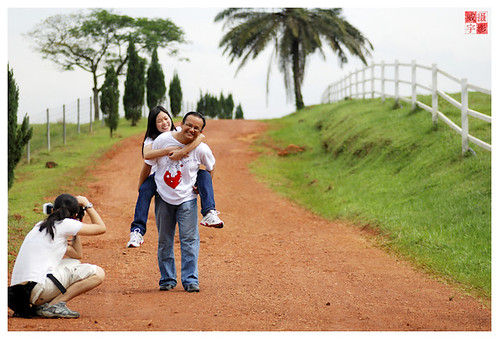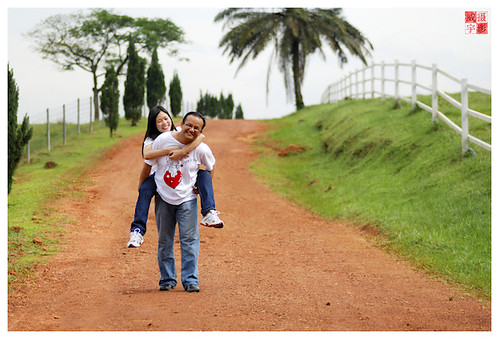Working with photo editing software has become a pre-requisite for most if not all digital photographers. Unlike film photography, there is little chance that you can touch up an image that has been exposed on the film. Therefore, ensuring a correct exposure and composition before you click on the shutter button, is very important. Does this matter to digital photographers? The answer is Yes!
Many photographers nowadays had the wrong impression that digital post-processing (DPP) will “fix” or “make” your photograph better. However, capturing a picture with a perfectly balanced exposure and a stunning composition, is the very first step that you need to practice as a photographer. DPP is only used to drop the final touch on my photograph to make it perfect.
There are circumstances however, that DPP was used to fix (or fake) a good photograph. The tip that I am going to show you is particularly useful when you need to work with several photographers at the same time. There are inconveniences when these photographers are using different focal-length lenses during the shooting session. Take for example the below photograph; I’m shooting with a tele-lens while my partner is shooting with a wide lens.
There are nothing wrong with the subject. Infact I like the natural expression of the couple. The problem is my partner was captured in the frame :) This can be resolve simply by patching. Patching here means copy a section of an image from another photograph, and paste it on top of the current photograph. To ensure the end result “looks” real, consider copy with feather mode so that the edge of the copied image blended with your current photograph.
What I will do next is to remove distractive elements on my photograph. Two things you can do here. First is to crop your image tighter to remove “unwanted” objects at the side of your photograph. Second is to “clean” your image with a clone brush (Most photo editing software should have this function). Cloning means making identical copies of a portion (normally small area) of your current image, and paste it on “unwanted” objects.
Feel free to comment on the final edited image above. Personally I will retain the background tree for overall balance of the image. However, removing the tree might also makes the image looks “cleaner”. What you think?




I like the new edited picture. At 1st, I thought it was totally 2 different pictures but after reading the details above only I realize it was the same pictures.
The final 1 looks better because I believe you brighten it?
wou… stuning dpp. good skill n nice capture. hope u can share the technics..
No brigthen applies to the final image. It just looks cleaner :)
Oh no!!! You cropped me off!~